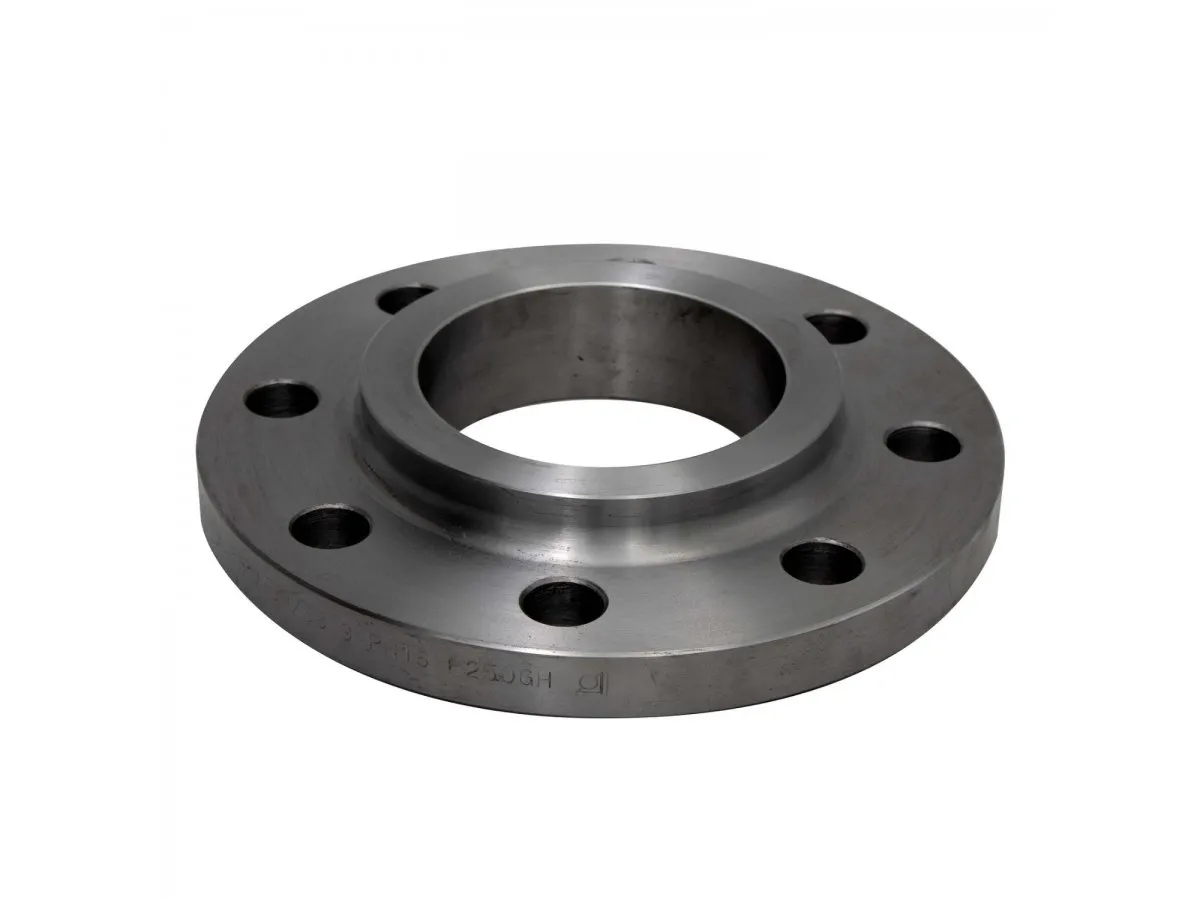-
Cangzhou Yulong Steel Co., Ltd.
-
Phone:
+86 13303177267 -
Email:
admin@ylsteelfittings.com
- English
- Arabic
- Italian
- Spanish
- Portuguese
- German
- kazakh
- Persian
- Greek
- French
- Russian
- Polish
- Thai
- Indonesian
- Vietnamese
- Zulu
- Korean
- Uzbek
- Hindi
- Serbian
- Malay
- Ukrainian
- Gujarati
- Haitian Creole
- hausa
- hawaiian
- Hebrew
- Miao
- Hungarian
- Icelandic
- igbo
- irish
- Japanese
- Javanese
- Kannada
- Khmer
- Rwandese
- Afrikaans
- Albanian
- Amharic
- Armenian
- Azerbaijani
- Basque
- Belarusian
- Bengali
- Bosnian
- Bulgarian
- Catalan
- Cebuano
- China
- China (Taiwan)
- Corsican
- Croatian
- Czech
- Danish
- Esperanto
- Estonian
- Finnish
- Frisian
- Galician
- Georgian
- Kurdish
- Kyrgyz
- Lao
- Latin
- Latvian
- Lithuanian
- Luxembourgish
- Macedonian
- Malgashi
- Malayalam
- Maltese
- Maori
- Marathi
- Mongolian
- Myanmar
- Nepali
- Norwegian
- Norwegian
- Occitan
- Pashto
- Dutch
- Punjabi
- Romanian
- Samoan
- Scottish Gaelic
- Sesotho
- Shona
- Sindhi
- Sinhala
- Slovak
- Slovenian
- Somali
- Sundanese
- Swahili
- Swedish
- Tagalog
- Tajik
- Tamil
- Tatar
- Telugu
- Turkish
- Turkmen
- Urdu
- Uighur
- Welsh
- Bantu
- Yiddish
- Yoruba

Aug . 18, 2024 04:06 Back to list
Understanding ANSI B16.5 Standards for Flanges and Their Applications in Industry
Understanding ANSI/ASME B16.5 A Comprehensive Guide
The American National Standards Institute (ANSI) and the American Society of Mechanical Engineers (ASME) have established various standards to ensure the quality, compatibility, and efficiency of various industrial components. Among these standards, ANSI/ASME B16.5 plays a critical role in the realm of piping and fittings, specifically addressing flanges.
What is ANSI/ASME B16.5?
ANSI/ASME B16.5 is a standard that provides specifications for pipe flanges and flanged fittings. It covers flanges made of various materials, including carbon steel, alloy steel, and stainless steel, and is applicable to nominal pipe sizes ranging from 1/2 inch to 24 inches. This standard is essential for ensuring that flanges used in piping systems can withstand the stresses of the environment in which they operate.
Importance of Flanges
Flanges are crucial components in piping systems as they facilitate the joining of pipes, valves, pumps, and other equipment. They create a tight seal, which is vital for preventing leaks and ensuring the efficient flow of fluids within a system. The reliability of flanged joints is essential for maintaining safety, efficiency, and longevity in various industrial applications, including oil and gas, chemical processing, and power generation.
Key Specifications of ANSI/ASME B16.5
The ANSI/ASME B16.5 standard outlines several crucial aspects regarding flanges
1. Design The standard provides various design specifications, which include dimensions, tolerances, and mechanical properties. Proper design ensures that flanges can effectively bear the loads and stresses applied during operation.
ansi 150 b16 5

2. Materials It specifies the different materials suitable for flanges, ensuring that they can withstand environmental factors such as temperature, pressure, and corrosive conditions. The choice of material significantly impacts the durability and performance of flanges.
3. Types of Flanges ANSI/ASME B16.5 defines various types of flanges, including slip-on, blind, weld neck, and threaded flanges. Each type serves a specific purpose, and understanding their applications is essential for choosing the right flange for a given piping system.
4. Pressure Ratings The standard categorizes flanges based on their pressure-temperature rating. This classification helps engineers and designers select appropriate flanges that can handle the expected operating conditions without failing.
5. Testing and Quality Control ANSI/ASME B16.5 incorporates guidelines for testing and inspection to ensure that flanges meet the specific requirements and standards for quality. This includes methods of examination and criteria for acceptance or rejection of flanged joints.
Benefits of Adhering to ANSI/ASME B16.5
By adhering to ANSI/ASME B16.5 standards, manufacturers and engineers can ensure several benefits
- Enhanced Safety Properly designed and manufactured flanges minimize the risk of leaks and failures, thereby enhancing the overall safety of the piping system. - Interchangeability Flanges produced according to these standards ensure compatibility and interchangeability in piping systems, simplifying maintenance and repairs. - Reliability Adherence to the standard ensures consistent quality and performance, leading to increased reliability of the entire piping system over time.
Conclusion
The ANSI/ASME B16.5 standard is a cornerstone in the design and application of flanges in piping systems. Its comprehensive guidelines facilitate the safe, efficient, and reliable use of flanges across various industries. By understanding and applying the principles of ANSI/ASME B16.5, engineers and manufacturers can contribute significantly to the overall integrity and functionality of industrial piping systems. This leads to safer operations, reduced maintenance costs, and improved efficiency in fluid transportation.
Latest news
-
ANSI 150P SS304 SO FLANGE
NewsFeb.14,2025
-
ASTM A333GR6 STEEL PIPE
NewsJan.20,2025
-
ANSI B16.5 WELDING NECK FLANGE
NewsJan.15,2026
-
ANSI B16.5 SLIP-ON FLANGE
NewsApr.19,2024
-
SABS 1123 FLANGE
NewsJan.15,2025
-
DIN86044 PLATE FLANGE
NewsApr.19,2024
-
DIN2527 BLIND FLANGE
NewsApr.12,2024
-
JIS B2311 Butt-Welding Fittings LR/SR 45°/90° /180°Seamless/Weld
NewsApr.23,2024











